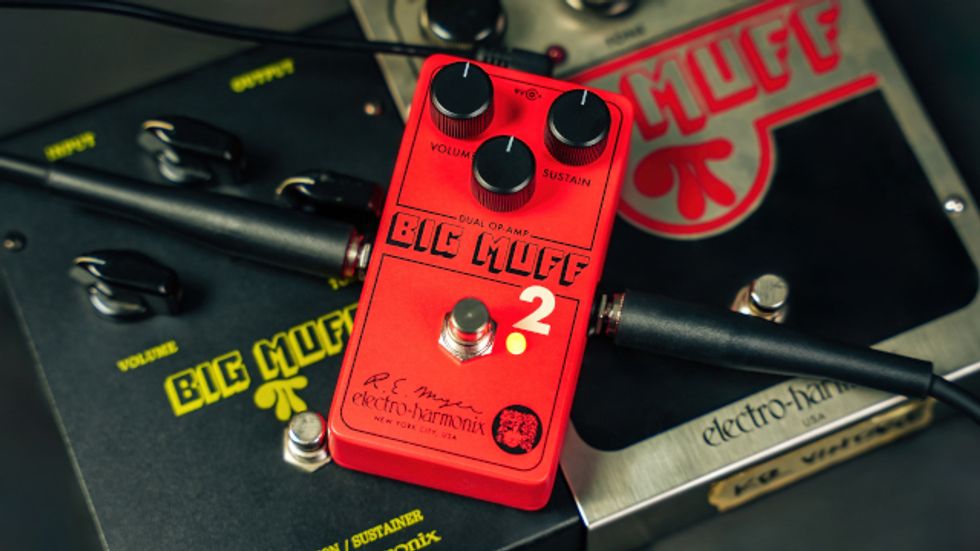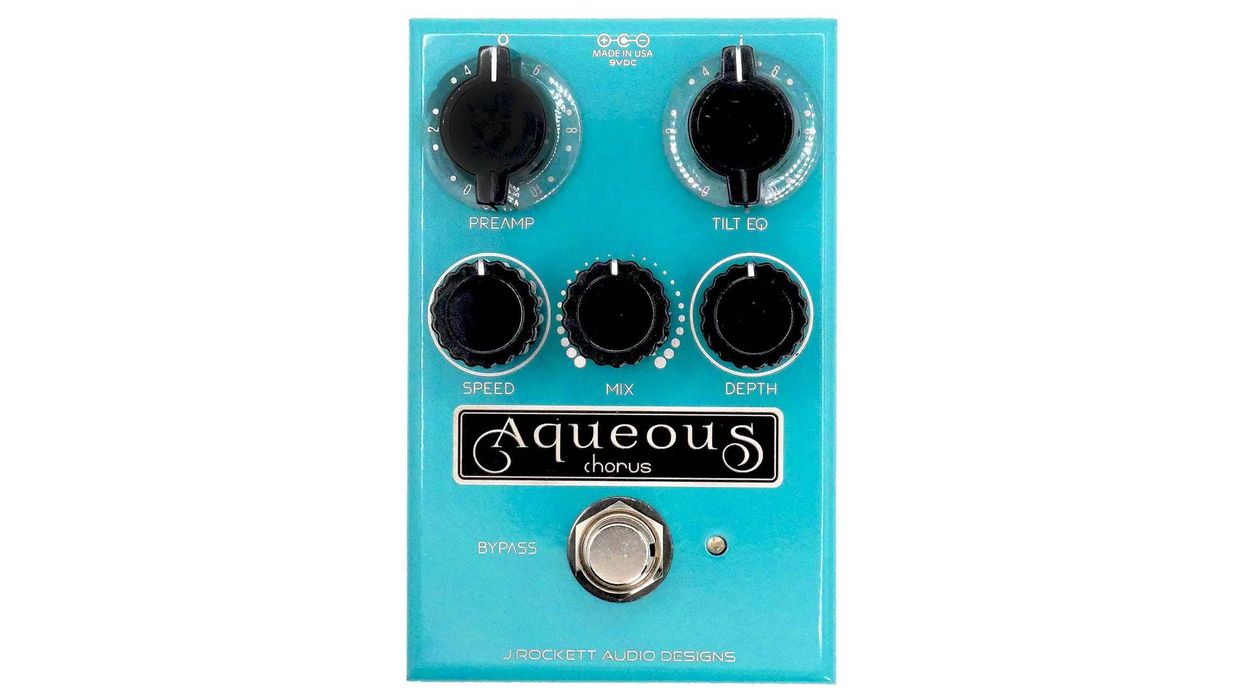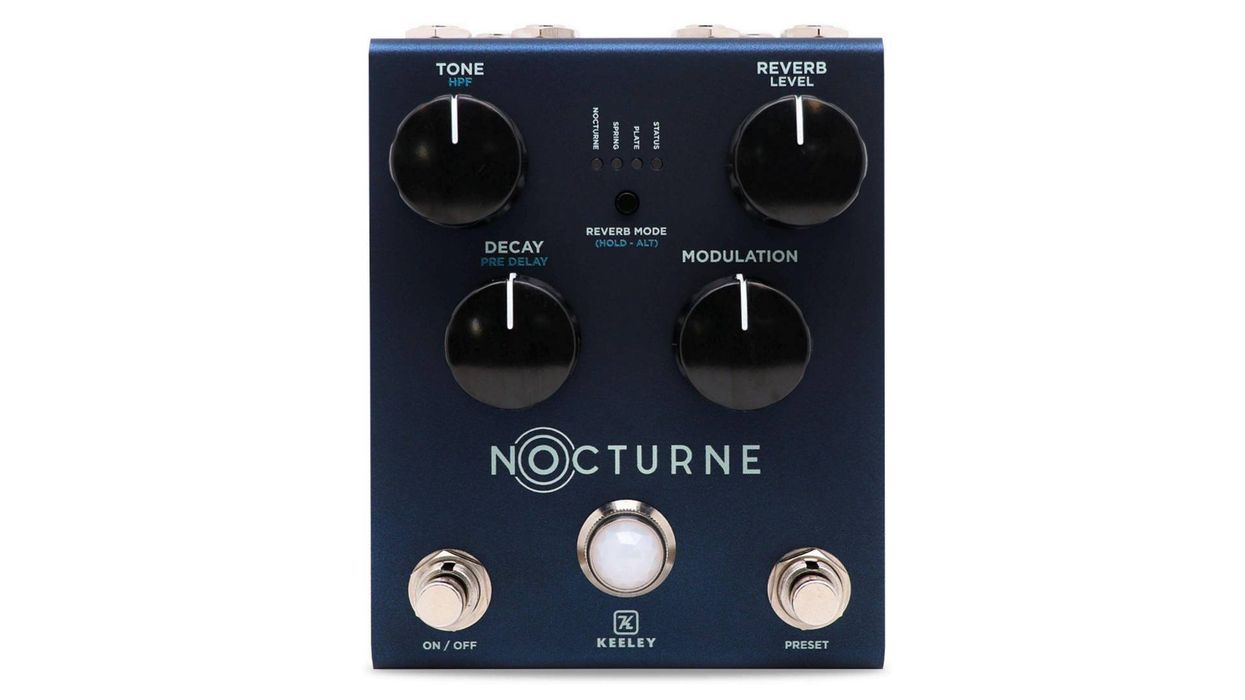Following the Maestro line’s revival, Gibson releases five more pedals: the Agena Envelope Filter, Arcas Compressor Sustainer, Mariner Tremolo, Orbit Phaser, and Titan Boost.
After decades, Gibson revived the brand with the debut of the Maestro Original Collection line of pedals. Introducing five new pedals, the Agena Envelope Filter, Arcas Compressor Sustainer, Mariner Tremolo, Orbit Phaser, and Titan Boost, designed and styled for musicians looking to create a unique sound. The Maestro Original Collection pays tribute to the brand’s pioneering classic models, while staying true to Maestro’s spirit with modern features, expanded versatility, and advanced tone-tweaking capabilities. The Maestro Original Collection is available worldwide at authorized Gibson dealers.
Orbit Phaser
The Maestro Orbit Phaser is a descendent of the very first phaser pedal ever produced - the legendary Maestro PS-1. This classic effect has been re-engineered and tailored to the needs of today’s players. The Maestro Orbit Phaser is designed to optimize all the character and vibe you expect from an all-analog phaser. Warm and smooth, the Maestro Orbit Phaser offers all the versatility needed to dial in the tastiest of phaser effects. Its two-position Mode switch gives you a choice of 4 or 6-stage phasing. The intuitive 3-knob control layout lets you quickly set the desired Width (the intensity of the phaser effect), Feedback (emphasizing the amount of vocal phase effect), and adjust the Rate (speed) of the phasing effect. $149.00 USD.
Maestro Tremolo
The Maestro Mariner Tremolo offers two amp-like tremolo options for “two pedals in one” functionality and increased sonic versatility. In Classic mode, you can swing from subtle, smooth amplitude modulation all the way to a sharper-edged, biting modulation, with many creative areas to explore in-between. In Harmonic mode, you can dial up timeless textural Harmonic Tremolo tones that are very reminiscent of the tones produced by a select few vintage amplifier tremolos. With its amp-like tones and ability to vary the tremolo’s wave shape, the Mariner Tremolo delivers a wide range of inspiring possibilities. $159.00 USD.
Titan Boost
The Maestro Titan Boost provides over 25 dB of clean boost, so it can easily drive any tube amp into natural overdrive. Even better, it’s designed to be the ultimate tone-sculpting boost. Equipped with a classic Tone control and a variable HI-Pass filter, any high-frequency shrillness can be easily dialed out, and low-end muddiness can be well tamed. The Titan Boost creates the perfect boosted tone, regardless of guitar, pickups, or pickup switch position. The intuitive 3-knob control layout lets you quickly set the desired Tone (which functions as a traditional tone control/variable low-pass filter), HPF (variable high-pass filter), and adjust the Level of the output volume and boost. $159.00 USD.
Arcas Compressor Sustainer
The Maestro Arcas Compressor Sustainer pedal provides excellent versatility. It offers both transparent, light compression as well as heavy, tight compression. It delivers enough sustain and level compensation to become a go-to workhorse for any situation. This all-analog pedal boasts a two-position Mode toggle switch for increased sonic versatility. The LO mode is less sensitive to pick attack, while the HI mode is more sensitive to pick attack. The intuitive 3-knob control layout lets users quickly dial up the desired Sustain (amount of gain applied during compression), control the Attack (how fast the compression engages), and adjust the amount of gain compensation and the pedal’s overall output volume with the Level control. $149.00 USD.
Agena Envelope Filter
The Maestro Agena Envelope Filter pedal is designed for ease of use and is tailored for optimized dynamic control. The Agena offers two distinct filter frequency options for a wide range of tonal possibilities. Musical and inspiring, it will surely bring on the funk. This all-analog pedal boasts a two-position Mode toggle switch for increased sonic versatility. The LO mode setting focuses the filter in a lower frequency range, while the HI mode emphasizes a higher range of frequencies. The intuitive 3-knob control layout lets users quickly set the desired Sense (the envelope’s sensitivity and response to your picking attack), control the Attack (how fast the filter increases or opens up), and adjust the Decay and how long the filter stays in the open position. $159.00 USD.
Maestro Original Collection | Five NEW Pedals for 2022
MSRP $149-$159. For more information, please visit maestroelectronics.com.


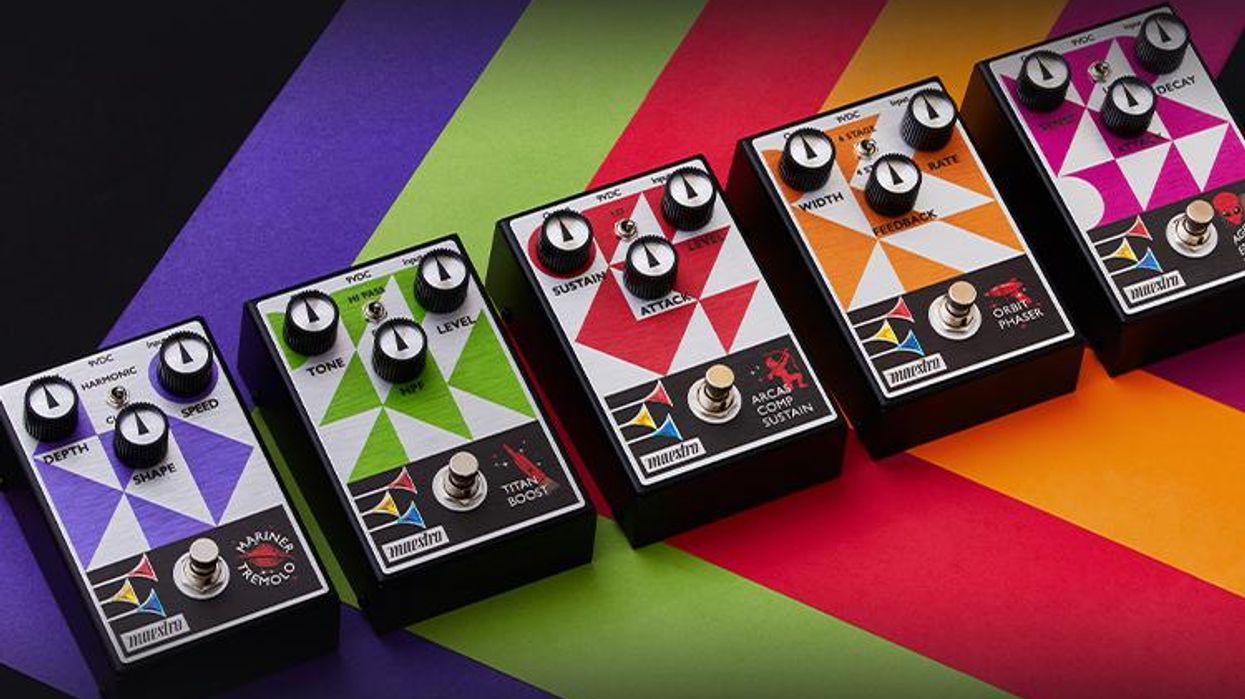
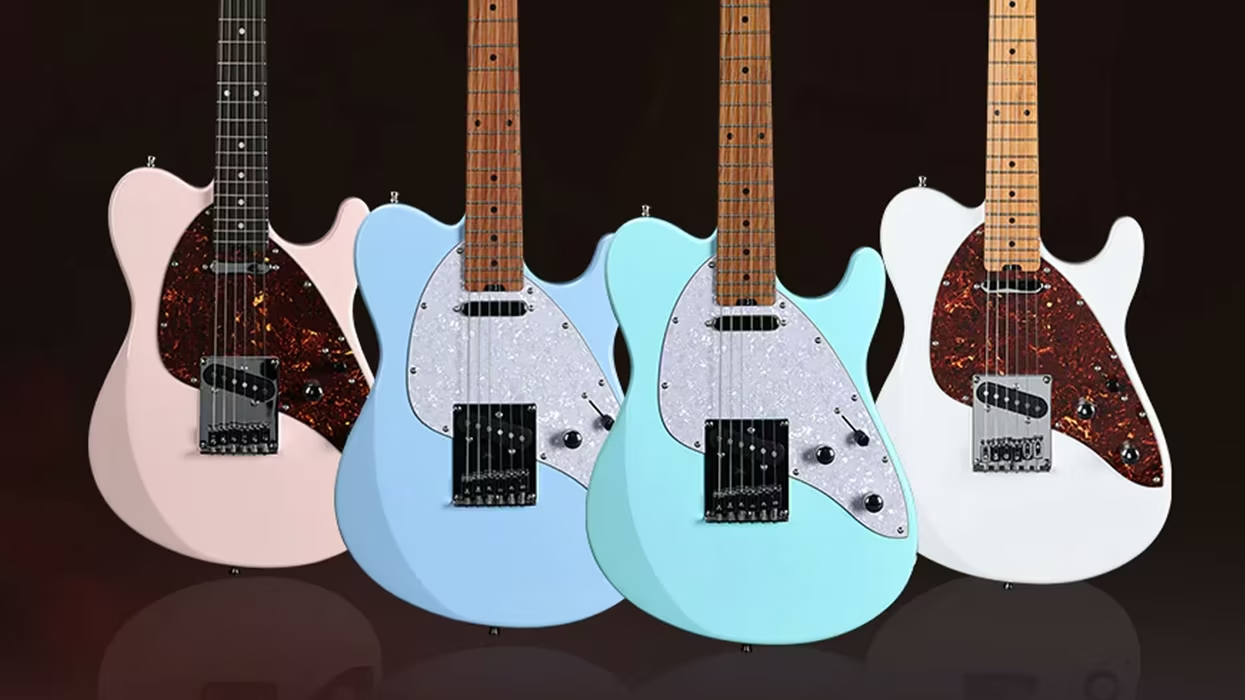
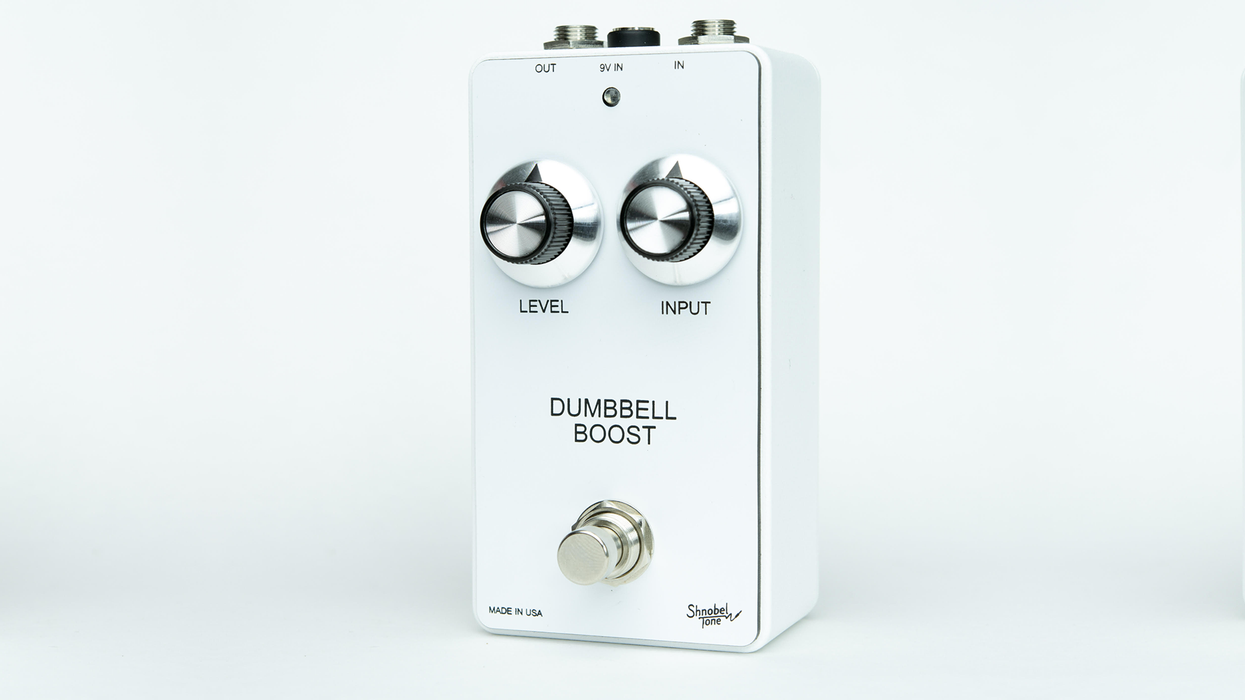
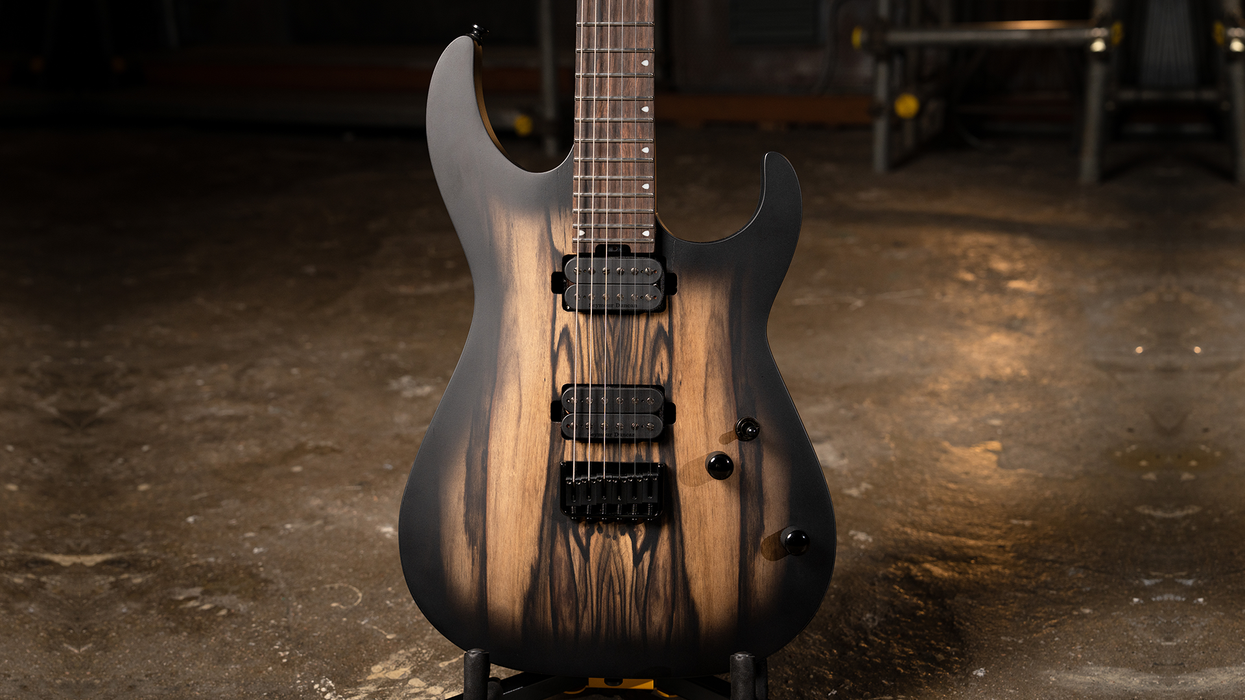
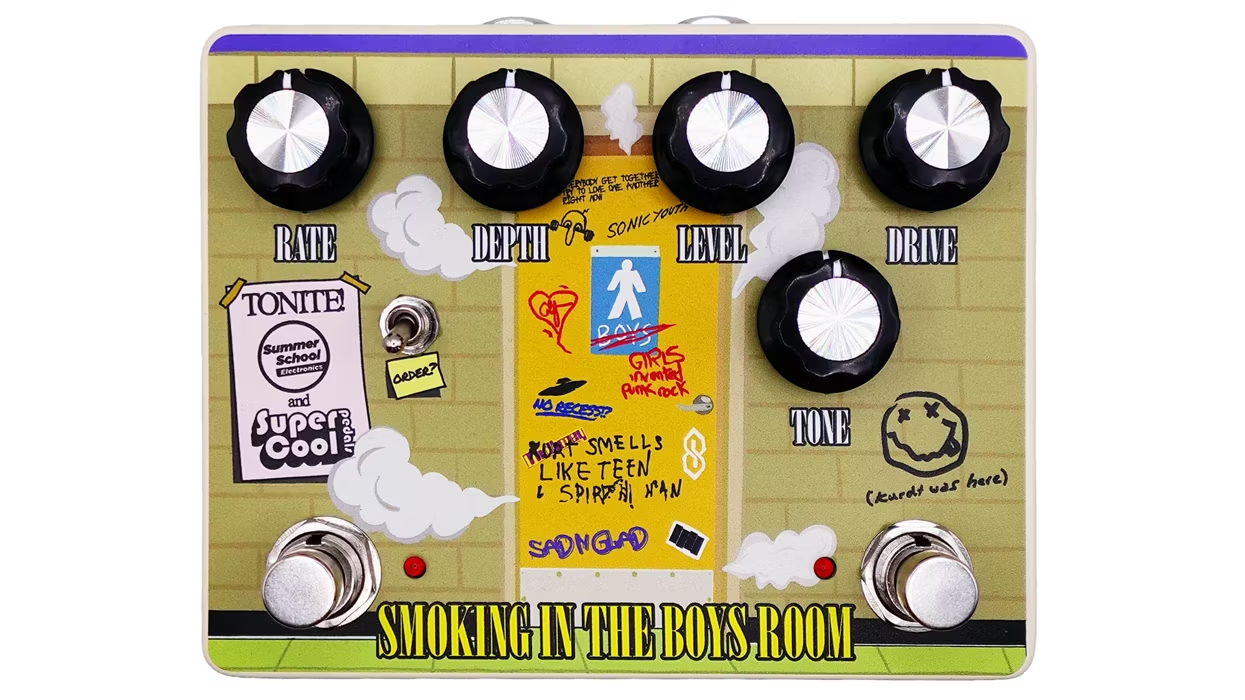
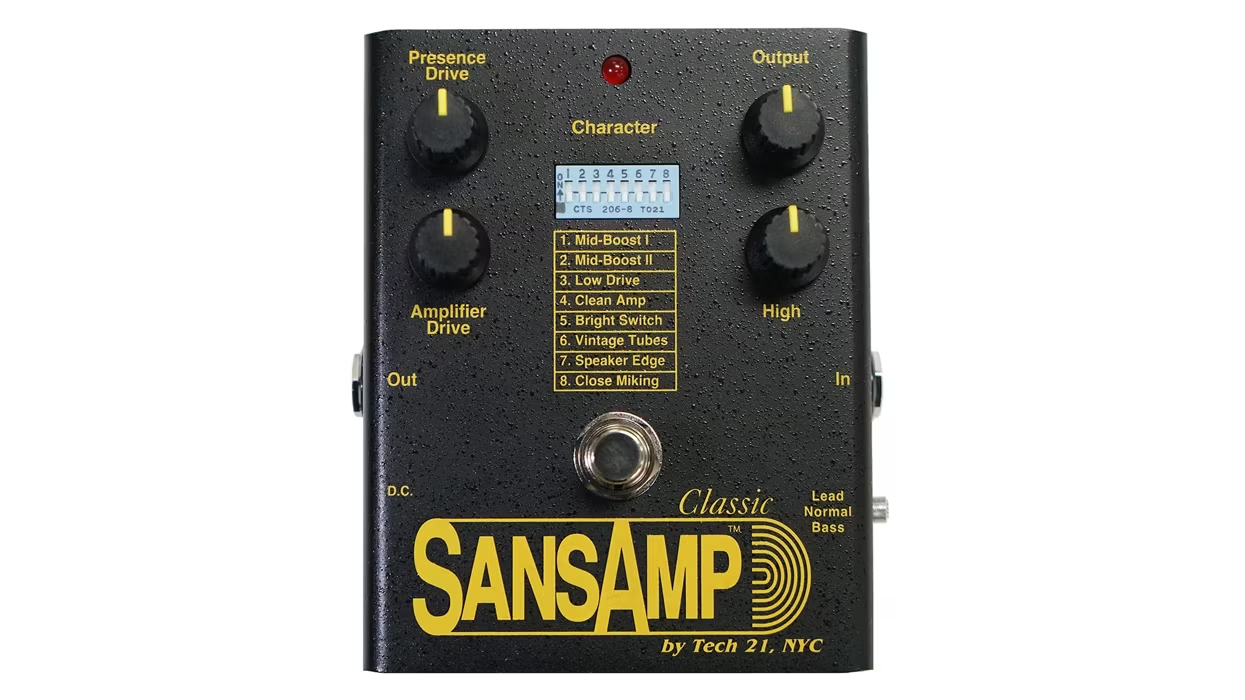
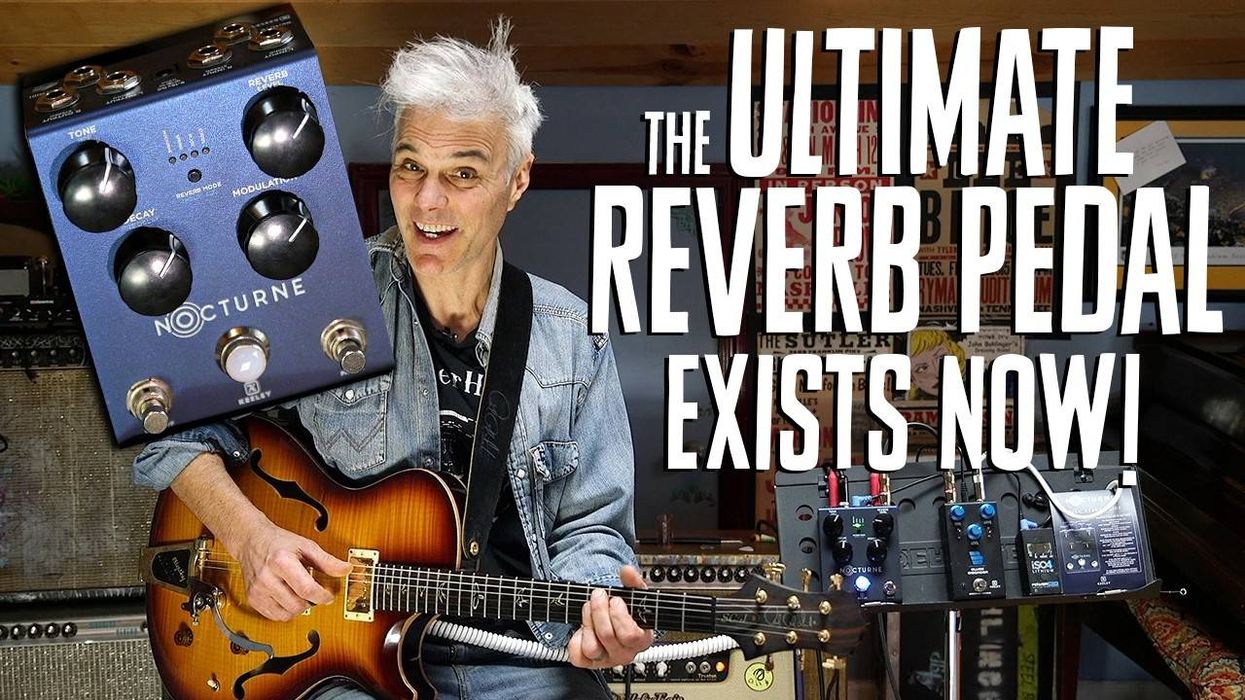

![Rig Rundown: Russian Circles’ Mike Sullivan [2025]](https://www.premierguitar.com/media-library/youtube.jpg?id=62303631&width=1245&height=700&quality=70&coordinates=0%2C0%2C0%2C0)




